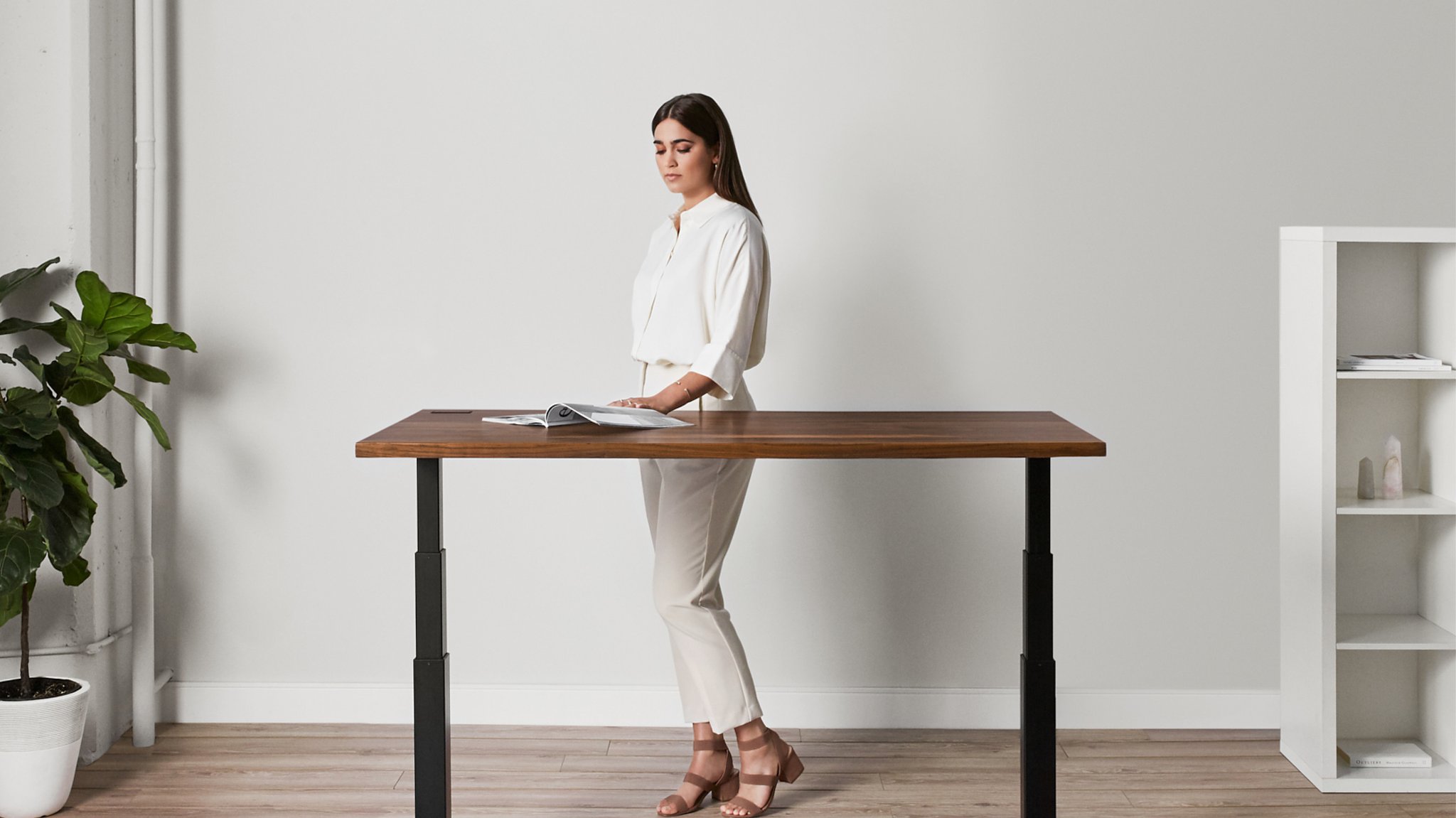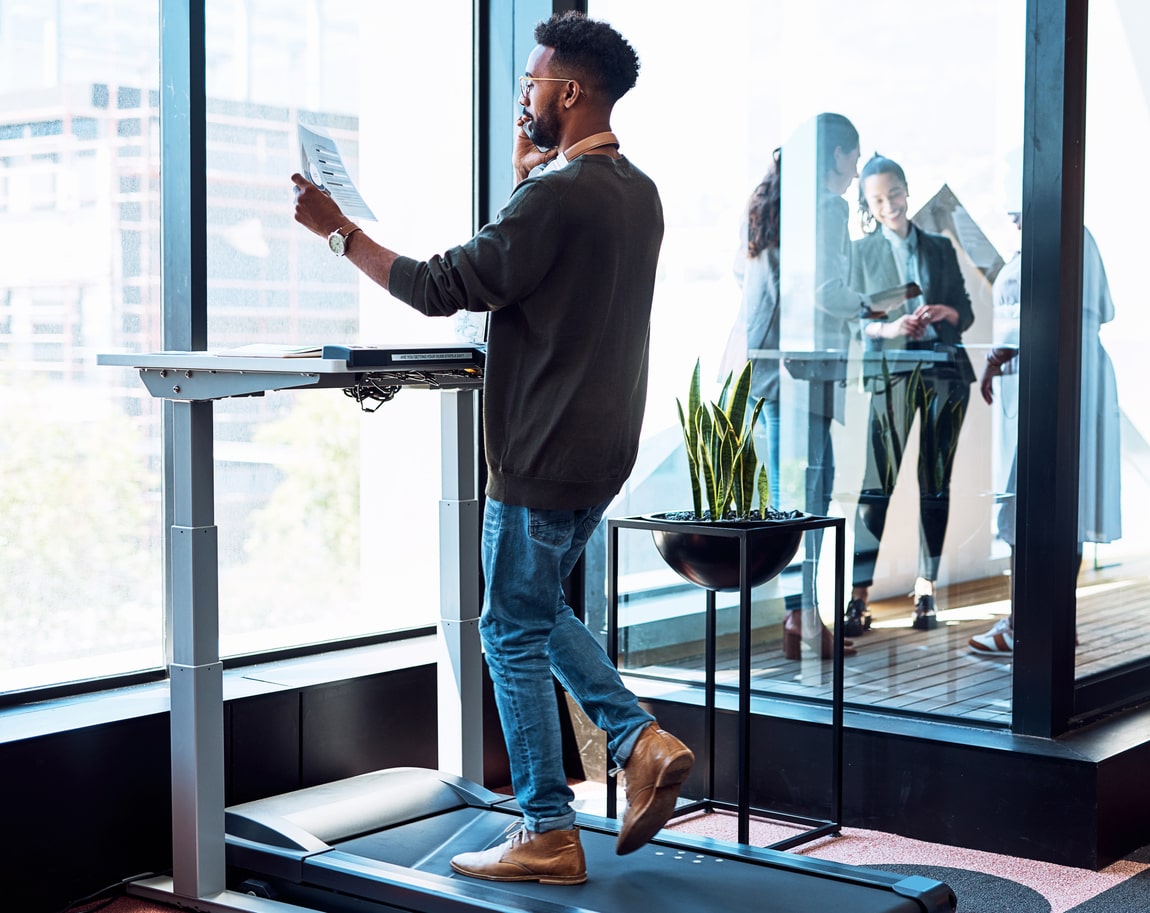
Callum O’Brien, a New South Wales physiotherapist, explains 80% of the population will suffer from lower back pain at some point in their life, commonly, people over 50 years of age.
Causes
According to Mr. O’Brien lower back pain is caused by poor load transfer through the spine and is a result of:
- Low activity levels
- High volumes of sitting
- Not maintaining a balance between sitting and standing
Lower back pain prevention
When asked about what not to do in the case of lower back pain, Mr. O’Brien stated that ignoring the signs of the onset is the worse thing you can do. “Don’t let it develop into something worse”. Therefore it is important to focus on preventative measures such as “maintaining flexibility and strength by staying active”.
Lower back pain treatment
In some cases, lower back pain is not simply localized pain in the back. In chronic cases, described by Mr. O’Brien as “longer than six months”, the ache may involve discomfort down one or both legs. Mr. O’Brien advises treatment for lower back pain using any of the following methods:
- Physiotherapy
- Osteopathy
- Medical therapy
Improving Posture
Furthermore, Mr. O’Brien suggests improving posture is a key treatment method, which can be undertaken individually, with instructions given by a health professional such as a physiotherapist, by:
- Trunk stability exercises
- Pilates
- Yoga
- Strength programs
Back pain and the office
As many lower back pain sufferers tend to be people with office jobs, which involve high volume sitting, Mr. O’Brien was asked for any recommendations for dealing with lower back pain in the work environment. He gave the following advice:
- Ensure the work station is examined by an occupational therapist (or designated workplace safety assessor)
- Modify the workstation if need be
- Break from sitting regularly and try to mix standing and working into your work day
Research
There has been significant research about the negative effects of prolonged sitting on your health. James A. Levine, M.D, Ph.D, from the Mayo Clinic, USA, has gone one step further, stating, “If you work at a desk for long periods of time, try a standing desk – or improvise with a high table or counter”.
Are Standing Desks Good For You?
4,004 hours of sitting per year.
“Working standing at a sit-stand desk is liberating, but having the freedom to adjust the height of our desks to our own unique bodies when sitting is also absolutely crucial for our long-term health. This part isn’t sexy enough either to be mentioned in the hyped-up studies. The one-size fits all approach that desk manufacturers have taken in the past must end.”




